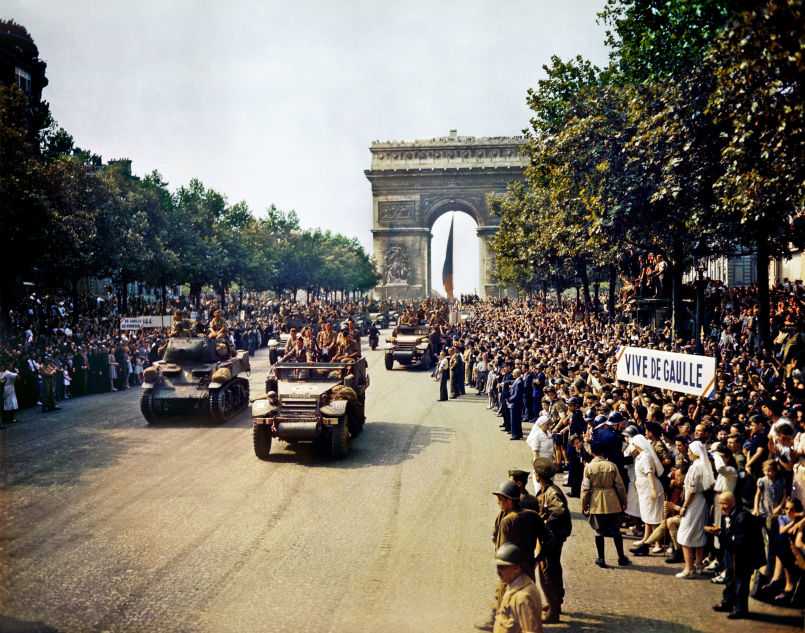On 5 May 1946, France held a constitutional referendum in which 80 percent of voters opposed the draft constitution of the Fourth Republic proposed by supporters of Charles de Gaulle. This draft placed almost all the levers of power in the hands of the president.
After the 1940 disaster, when France fell after the country’s authorities showed a complete inability to defend the country against the enemy aggressor, all French political forces were as one in their criticism of the old institutions. However, the political and administrative structure of the future Fourth Republic was hotly debated.
De Gaulle’s supporters advocated a presidential republic, confident that their leader would win the election. His opponents, however, feared that this would give him unlimited power. The left-wing forces drafted their constitution, which gave enormous power to a single-chamber assembly. The moderates and conservatives strongly opposed the Gaullist project.
The division in French society was about to be overcome a few months later. On 2 June the Constituent Assembly was formed to draw up a new draft constitution which was adopted by referendum on 13 October 1946. France would become a parliamentary republic with weak presidential powers.
In the 12 years of the Fourth Republic, 25 Cabinet changes took place. Despite high inflation, the economy began to recover and domestic economic policy became more socially oriented. During that period, the French empire in effect would collapse and the Algerian crisis would start, eventually allowing de Gaulle to assume the presidency.
The constitution of the French Fifth Republic, which is still in force today, was drafted under his direct supervision. In October 1958, the draft constitution of de Gaulle was approved by referendum and France became a presidential-parliamentary state.
Sources:
“De Gaulle and the Gaullists: On the Rise to Power” by Marina Arzakanian
























